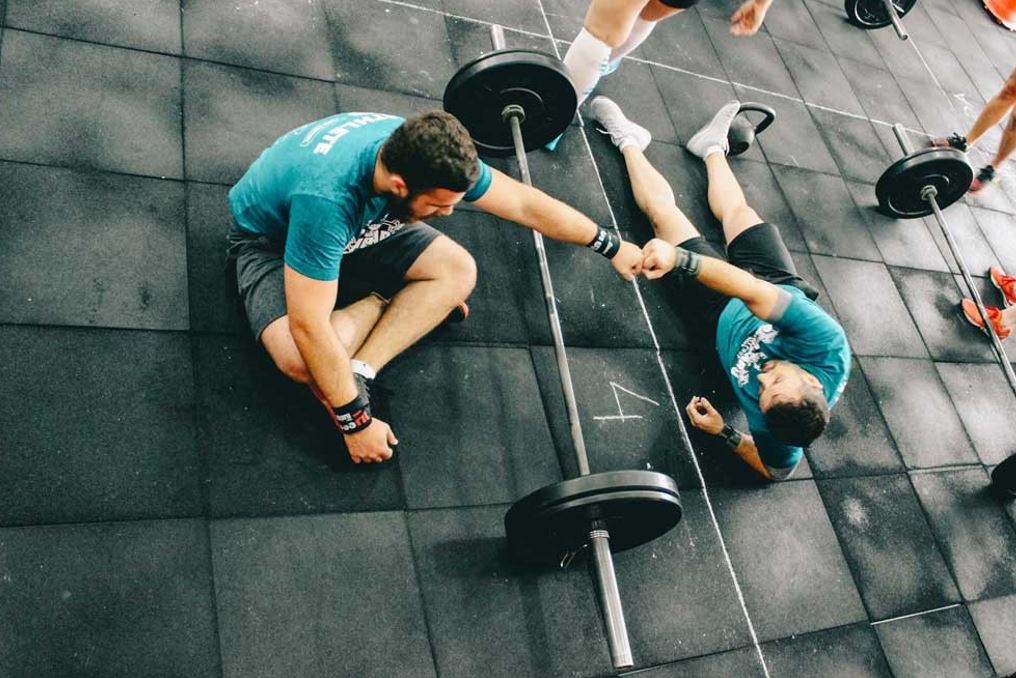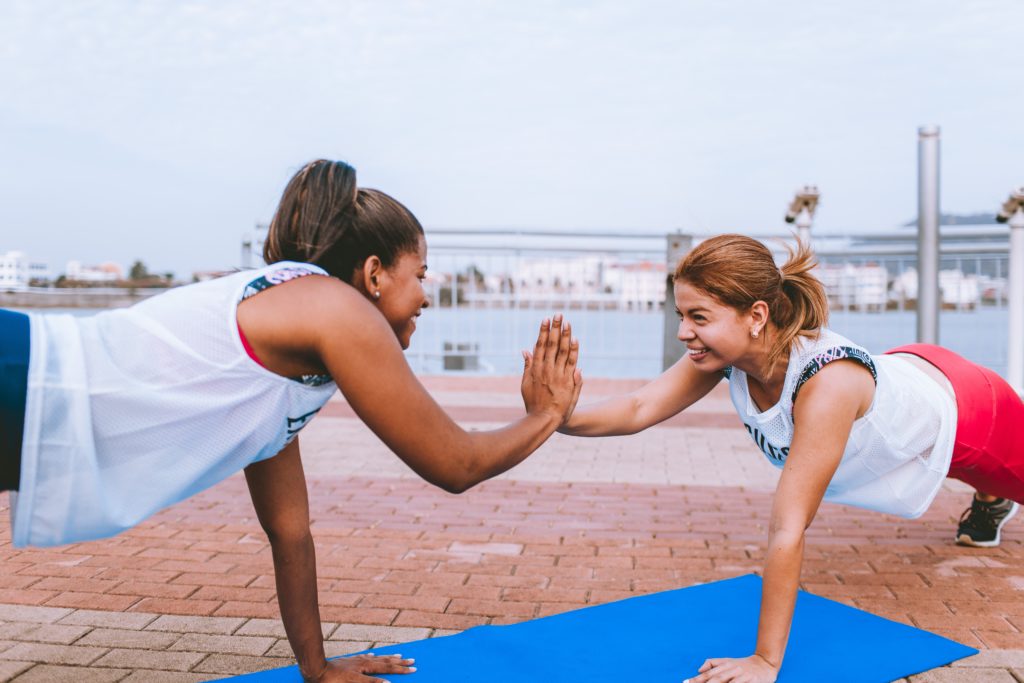How to exercise when you’re feeling low

James Eacott of 33Fuel Sports Nutrition, a company that delivers massive value to athletes through gamechanging products, talks about the fine link between nutrition, exercise and mental health and offers tips on what to do when you are feeling low.
Nutrition plays a big role in how you feel on the inside. Put the good stuff in and your body will thank you.
Whether you’re depressed, suffering with S.A.D or temporarily lost your mojo, it’s normal to go through phases of not wanting to exercise. We hope these tips on how to exercise when you’re feeling low help you get the best from yourself when you’re not 100%
It’s rather ironic: study after study after study highlights the powerful and wide-ranging mental health benefits of exercise and yet getting yourself out the door when you’re feeling down can be the hardest thing on earth.
Please note we’re certainly not downplaying the severity of depression and these tips are not the solution for many people’s troubles. We’d strongly encourage anyone who’s suffering to seek help from friends, family or professionals, but hope these tricks help empower you to get out there when you’re not feeling like it.
#1 Celebrate the small victories
Week in, week out, we expect ourselves to get training sessions done and – by and large – we do.
It’s easy to take that for granted and forget that consistent training requires great mental and physical strength. That strength should be rewarded, particularly on the days when you really don’t want to it.
#2 Make it achievable

This one applies to everyone, from elite athlete to weekend warrior. If you’re in a dark spot and are faced with an intimidating session, there’s little likelihood of a positive outcome. You’ll either start the session and have to pull halfway through (leaving you feeling like a failure) or you’ll not even begin because your head simply isn’t in it.
Dial back the planned session, make it more achievable and recognise that something is better than nothing.
Athletes thrive on squeezing the most from each session but understanding that dialling the planned session back to accommodate your mental health is crucial for long-term consistency. It is not a sign of weakness.
#3 Know what you find easy
When you’re in a hole, don’t try to complete a session you find super-tough. Replace it with a session you find easier.
Of course, low intensity aerobic sessions tend to make a good replacement for hard interval sets and still bring positive physiological adaptations, but some find short, sharp sessions mentally easier to complete.
Personally, my go-to session when I feel unable to complete a mentally demanding session is a 30/30 workout. Either cycling or running, it looks like this:
- Warm up: 10 minutes easy
- Main set: 10 X [30s strong, 30s easy]. 5 minutes easy. 10 X [30s strong, 30s easy]
- Cool down: 10 minutes low intensity
This session is only 45 minutes – it flies by but still delivers fitness gains.
Note the sessions you find easy to accomplish and use these as your go-to when your head isn’t in a place to complete the planned workout.
#4 Remember the 5-minute rule

Used in conjunction with #2 – ensuring the session is realistic and achievable – we know we always feel better after exercise.
Rarely will we get home from a run wishing we hadn’t gone, so deploy the 5-minute rule: get changed, get out there and start. If after five minutes you don’t want to continue, you have permission to go home.
Nine times out of 10 you’ll crack on and complete the session.
#5 Give yourself a break
This is so easy to say but for Type A personalities it can be very hard.
Recognising that we’re all human – not robots – is not a weakness. Quite the opposite in fact. Understanding you’re fallible and accepting that we’re all susceptible to wanes in mojo is important because it gives us permission to be kind to ourselves.
There is no failure in admitting weakness and saying, ‘you know what, today I just don’t have the fire in my belly to train’.
#6 Do it with friends

When you hear successful athletes speak about the factors which contribute to their success, you’ll often hear them say their training ‘environment’ – ie, the group of people they train alongside – plays a key role.
Next time you really don’t fancy getting out there, drop a friend a text and ask if they fancy a cruise. You’ll tick the exercise box and another important one: building relationships.
#7 Nutrition matters
There’s a clear link between the food you eat and the quality of your mental health.
This article concludes the typical Western diet “is devoid of many of the key nutrients critical for the proper functioning of the central nervous system.” Another explains how “It is undeniably linked to nutrition, as suggested by the mounting evidence by research in neuropsychiatry.”

People suffering from depression often have low levels of neurotransmitters like serotonin and dopamine, deficiencies of which are as a result of diet.
Because there’s a clear connection between nutrition and mental health, it’s easy to see the link between nutrition and exercise.
If your mental health suffers due to poor diet, you’re less likely to train, which compounds the problem. You feel rubbish so you eat rubbish and you thus lose the mojo to train – it’s a vicious cycle.
Improving the quality of nutrition is a great step on the path to consistent training. Put the good stuff in an you’ll want to reward your body with some exercise.
How to exercise when you’re feeling low – conclusion

Even if you’re passionate about sport and love training, the mind can be cruel and rob you of your desire to get out there and do the one thing that often makes you feel better.
I think the most important of the above tips is #5: give yourself a break and accept that it’s normal for your desire to exercise to diminish from time to time.
Recognise you’re human and be kind to yourself. Keep the healthy nutrition going in and you will stay in shape
Nutrition plays a big role in how you feel on the inside. Put the good stuff in and your body will thank you.


